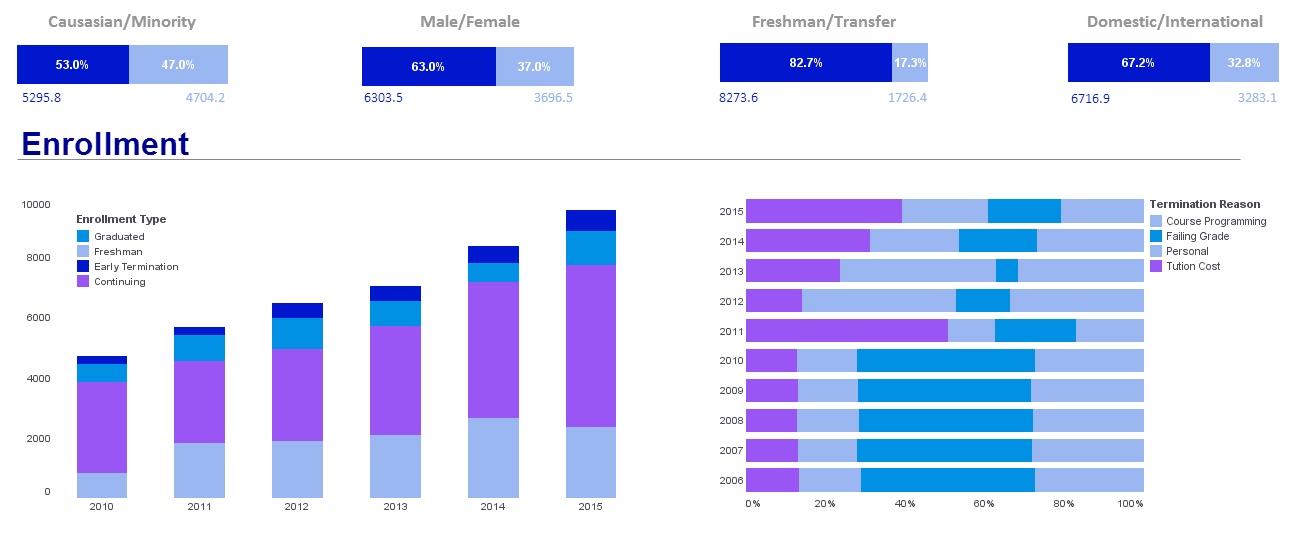InetSoft Webinar: Building a Balanced Card System
This is the continuation of the transcript of an in-person customer seminar hosted by InetSoft on the topic of "Ingredients for a Performance Management System to Succeed." The speaker is Christopher Wren, Principal Consultant at TFI Consulting.
Finally, you need a disciplined way of building a balanced card system. Most of the times when we go in to a client actually about 40% of our business comes from clients who call and say, I have a balanced scorecard, and like the old Wendy’s commercial where the little old grandmother says, where is the beef? We get a lot of where is the beef calls?
And I have three questions when somebody calls like that. Tell me the story of value creation from your strategy map. Well, we really didn’t do that, you know, we skipped that step. We didn’t think it was very important. How many measures do you have? 250. Really? How many initiatives do you have? 430.
You know a red flag goes up three times on something like that because you know what they are doing is calling what they have a balance scorecard. Folks a balance scorecard means vastly different things to different people. It is a generic term, and it has been applied in very different ways. To some it’s little more than a performance measurement dashboard.
Right, on the other end of it the way we are teaching it here, it’s a strategic planning and management system that can cause an organization to go through a successful transformation. Folks, there's a football field of difference between those two. So when you use balance scorecard you’ll almost have to say, and by that I mean, and then go on to explain what you mean.
There is not a lot of value in building a balanced scorecard as a dashboard, to be frank. If you called me and asked me to do it, I wouldn’t to do it for you. I also wouldn’t build a balanced scorecard system for you. I will help you build yours, I will teach you how to fish, but I won’t give you the fish because when I leave the building guess what's going to leave with me? The balance scorecard system I just created for you. And the only way these systems work is if you build the buy in and the accountability into the process of creating the planning and management system from day one.
You cannot take change management and transformation and add it on like it’s a hood ornament going on at the end of the assembly as you are building the car. It just doesn’t work that way. So if you are serious about this, be serious about integrating change management and transformation into the system so that you have a holistic planning and management system.
One of the first things we want to do is get leaders thinking with the right head on. And what are the levers of change that are important to a transformation process like this? They are a shared vision, a sense of urgency, adequate capabilities of the employees, an incentive package that recognizes and rewards, adequate resourcing, and an action plan.
If we have that, we have a good chance of success. But what happens when things are missing. If we we’re missing vision or lacking a shared vision, there is going to be a lot of confusion in the organization because we don’t know where we are going. We don’t know what the end looks like. We don’t know what success looks like when we see it.
If there is no urgency, there is lot of apathy in the organization. I’ll get to that later. Let’s not worry about that. No big deal. If our capabilities are lacking, we’re anxious. You’ve asked us to do things, and you haven’t given us the capability to do it.
If there are no incentives, we can get everything from slight restraint to outright resistance, right? What's in it for me? Where is the reward with them? This is another reason that we will not build the systems without active involvement of all of the voices in an organization. I don’t mean all of the people in the organization, but I mean each level of the organization has a different voice.
If I am on the shop floor, I am talking street language, Chicago street language. If I am in the boardroom, I am talking a different language. What's important when you build these systems is that those voices are represented somewhere on the team.
We use two teams to do it: the team of leaders and managers and then a team of what we call theme teams where we’ll actually build out the strategy map in each theme and then integrate the individual maps into an overall corporate strategy map for the whole business or the whole organization. If I have not adequately resourced this initiative, we’re all frustrated because we’re trying to do way too many things.
And finally if there is no action plan I am going to go down a lot of rabbit holes before I find the right one. So we have a lot of false starts. We call these the levers of change, and when we work on a system, we want to include this kind of thinking right from day one.



